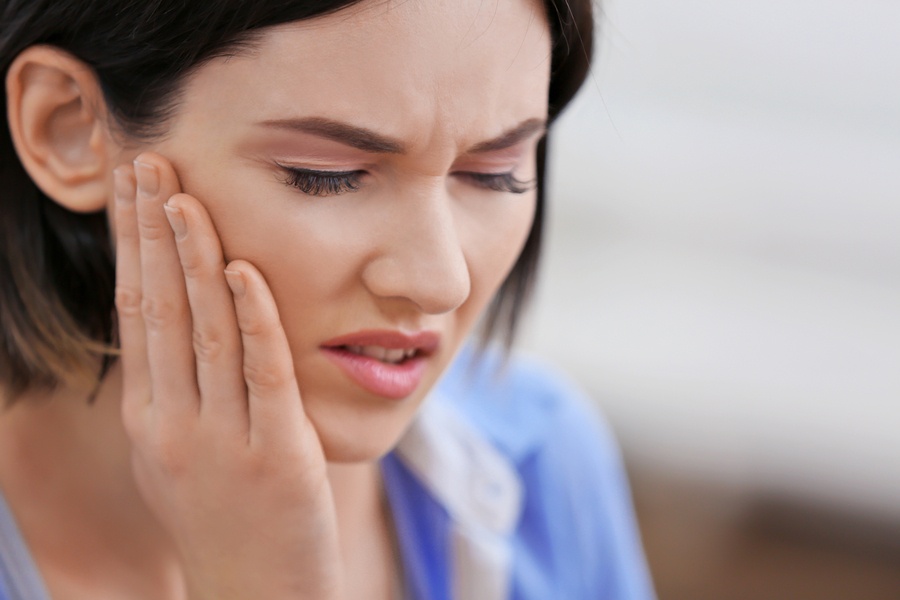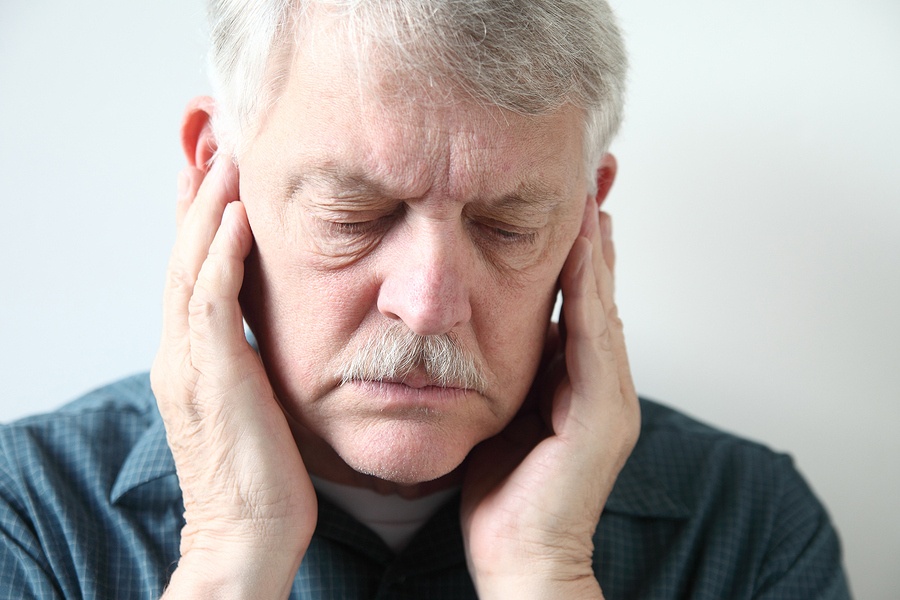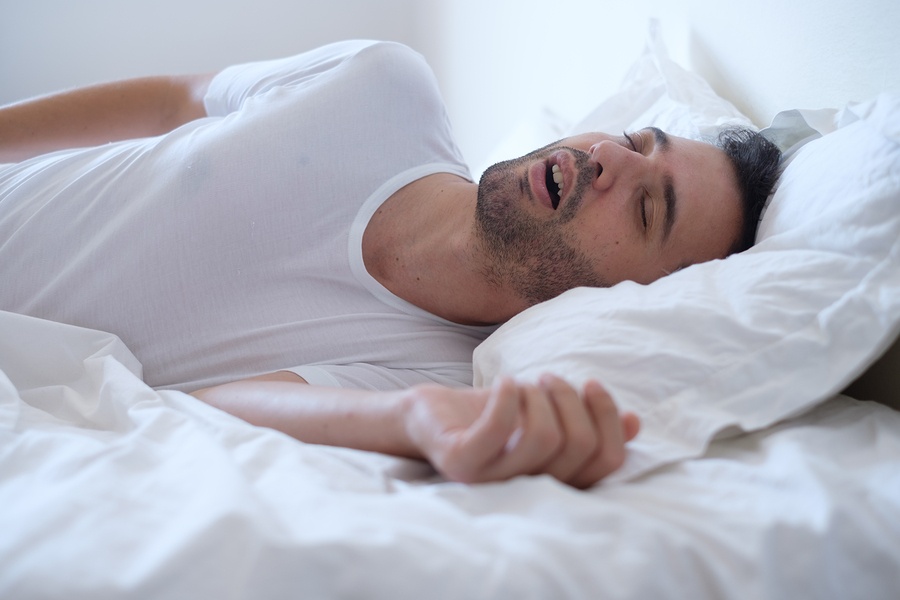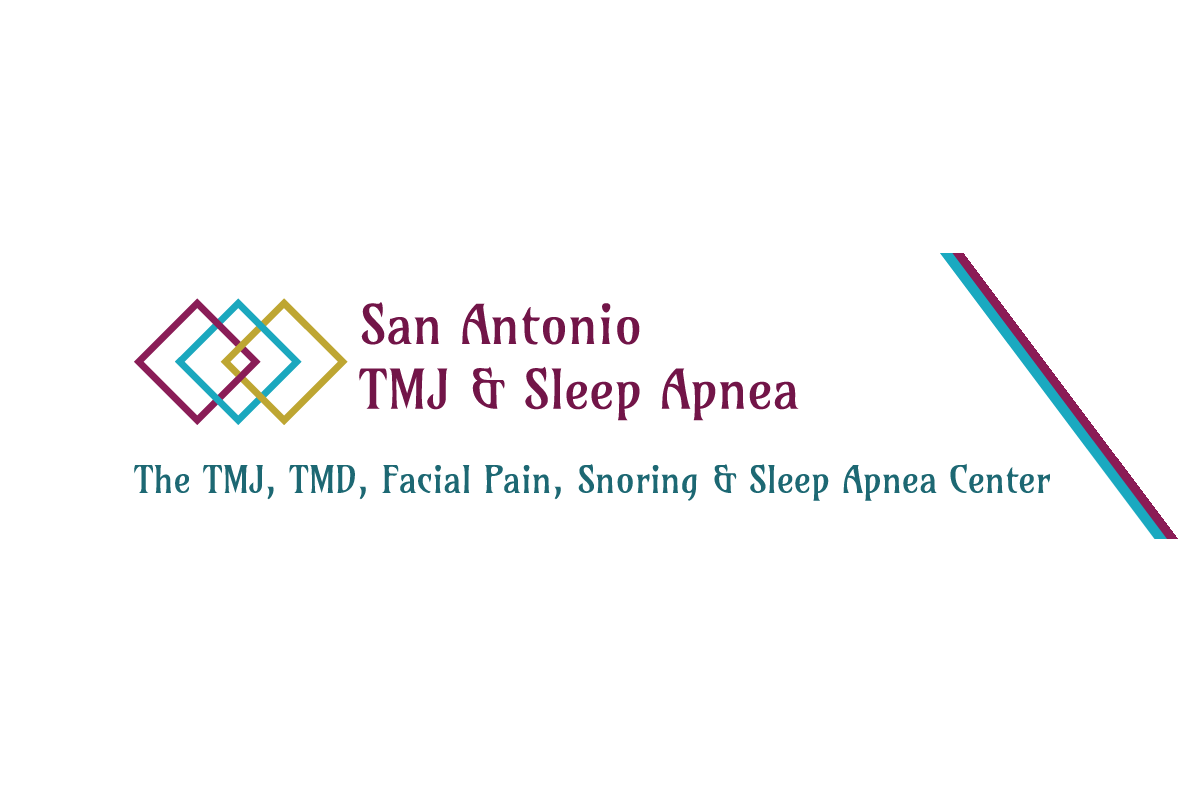To learn more about our services and what we can do for you, or to make an appointment, call us today!
Our Guiding Principles
Number of New Patients Treated
2 to 4 new TMD patients are evaluated daily along with follow-ups.
4 to 6 new sleep apnea/snoring patients are evaluated weekly.
1 to 2 new patients with neuropathic pain are evaluated monthly.
The practice relies on three guiding principles.
- Diagnosis and treatment are based on scientifically validated concepts.
- The management of these problems, especially TMD, has historically been fraught with unscientific and quasi-scientific approaches that mislead the public. This results in wasted time and money; unnecessary treatment; and at times, iatrogenic injury.
- This approach eliminates excessive and unnecessary diagnostic and treatment modalities that have no impact on patient outcome and thereby only result in higher costs.
- We do not use invalid diagnostic tools such as electromyography, kinesiology, and sonography, which typically provide data that has no therapeutic value.
- We strive to be. A major problem with health care in this country is the burdensome costs that accompany its admired competency. The chronic trend in health care coverage involves insurers eliminating procedures that were once covered and increasing the patients' out of pocket expenses for covered procedures. Health care providers must minimize their role in the insidious collapse of the industry. As fellow consumers, we are acutely aware of the desire to spend our discretionary dollars on competent cost-effective measures, in both medical and non-medical endeavors.
- Our practice sparingly utilizes sophisticated joint imaging modalities, such as CTs and MRIs. The information gained, though impressively detailed, rarely impacts therapy. This office limits diagnostic and treatment modalities to those most likely to effect a positive patient outcome.
- In the treatment of snoring and mild and moderate sleep apnea, an oral appliance is as effective as CPAP and is more cost-effective and user-friendly (easier to get use to, portable with less side-effects). In addition, diagnosing sleep apnea has moved from sleep labs to home monitoring. This is both sensical and cost-effective as the diagnostic accuracy of a single night in a sleep lab has always been suspect. Expecting patients to sleep normally in a new environment while hooked to a host of sensors was never reasonable.
- Understandably, the public links technological advances with the best care. However, the value and appropriate application of these modalities require a judicious assessment of their accuracy and the resulting impact of this information on therapy. While more detailed information can be reasonably expected from new technologies, expecting a positive impact of this information on diagnosis and treatment is unreliable. In most instances, the accuracy of diagnosis and treatment is unaffected by the employment of most new technologies because the rudimentary status our knowledge prevents this new information from being incorporated in a meaningful way. In addition, most new technologies are very costly and the financial burden requires the modality be frequently utilized to be cost-effective. This places significant pressure on practitioners to overuse the modality. As such, the newest technologies must be employed judiciously and often avoided, to provide the best treatment for patients.
- The third guiding principle focuses on. This approach is prudent because:
- There are many gaps in our understanding of both TMD, neuropathic pain, and sleep apnea. For example, the cause of these problems is poorly understood, and there is a common disconnect between objective disease markers and the subjective experience of patients.
- Conservative treatments (medications, exercises, and traditional appliances) are more successful than invasive therapies, such as splints that change one's bite; NTI splints; orthodontics; TMJ surgery; and occlusal adjustments (equilibrations).
- Only valid invasive therapies are utilized in our practice, although they are needed infrequently. These include TMJ injections, arthrocentesis, and TMJ and OSA surgery referrals. Surgery is recommended only after thorough attempts at conservative therapies have yielded unsatisfactory outcomes and the patient is likely to benefit from more aggressive management. As a result, we refer less than five patients a year for such surgeries.



